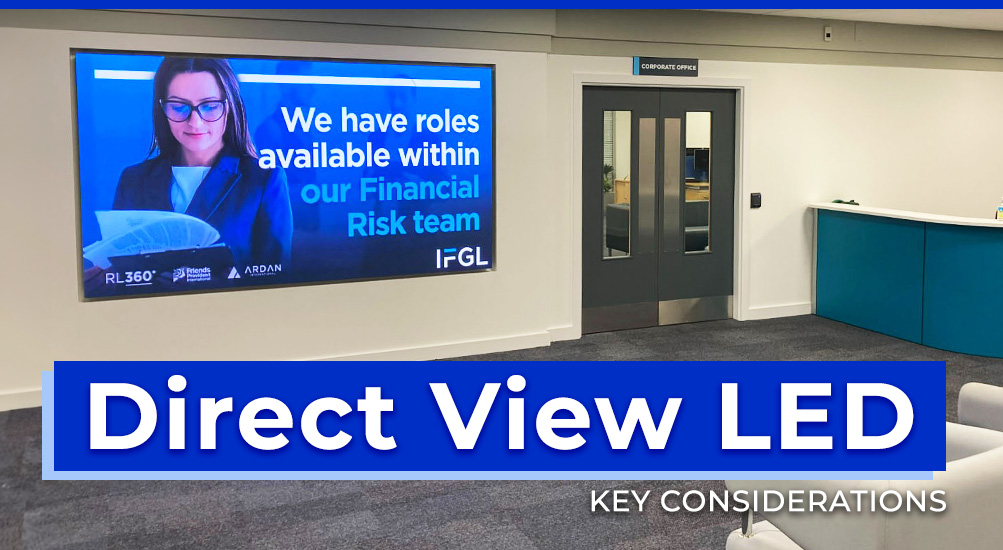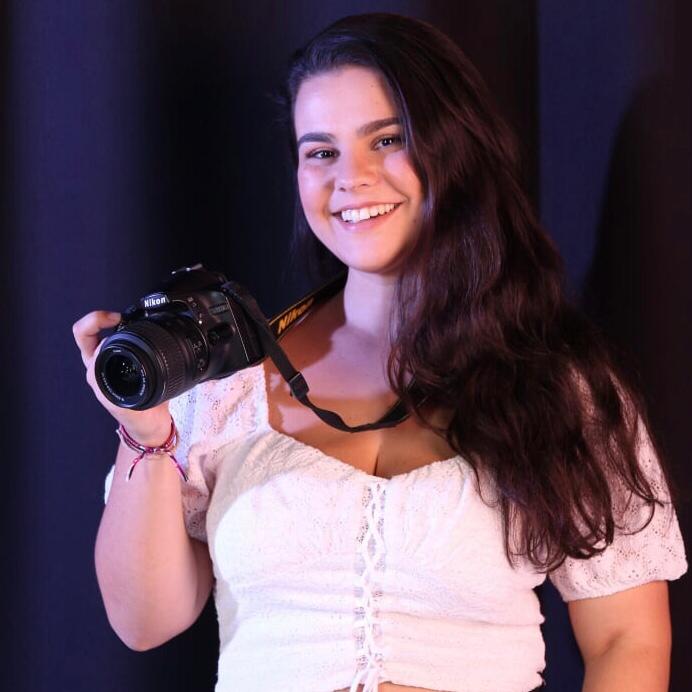
Key Considerations for Direct View LED Projects
Direct View LED displays can offer truly immersive experiences, but working with this innovative technology comes with a set of key considerations that are crucial to assess when starting a DV-LED project. So, what are the important factors to ensure a successful implementation? Let’s find out!
Display Quality and Reliability
When working with DV-LED, it’s important to prioritise quality and reliability, conducting extensive research to find suppliers and manufacturers that will be able to deliver high quality solutions. Identifying well established manufacturers can contribute to the longevity of your display and, since this technology is still unfamiliar to many, it’s also important to find the support necessary for installation, maintenance, and overall project management.
Resolution
One of the main adjustments when moving from quoting LCD projects to LED projects is the way that we talk about resolution. With LCD products; the resolution can be very simple, typically it’s either an overall resolution of 1920 X 1080 (Full HD) or 3840 X 2160 (Ultra HD). This simplicity comes from the lack of modularity; every screen is a complete and singular LCD panel.
DV-LED is, by nature, modular so you can think of each module as a puzzle piece used to form your overall solution. Each of our modules for indoor LED are 320mm wide and 160mm high. We then place six of them in a 2 X 3 grid to form each ‘cabinet’. Each indoor ‘cabinet’ forms an overall size of 640mm X 480mm. Those are your building blocks that form your overall LED wall. This blog explains how you can create 16:9 aspect ratio solutions.
Pixel Pitch
As LED is modular; it makes sense to step back from talking about the overall resolution and instead take a more standardized approach. That is where ‘Pixel Pitch’ comes in. Pixel pitch refers to the distance between individual pixels on a DV-LED display. A smaller pixel pitch results in higher pixel density, leading to a more detailed and sharper image. To decide what pixel pitch you project requires, you need to assess where the display is going to be installed and its optimised viewing distance. This blog will give you all the information you need regarding the considerations necessary for both indoor and outdoor projects.
Content Management System (CMS)
Pairing a powerful DV-LED display with a reliable Content Management System is sure to maximise the reach of your content. You can efficiently manage content updates, take advantage of various file formats, and access scheduling and playlist functionalities. It’s important to research and evaluate different CMS options to ensure you find the one that best suits your project’s requirements and ensures hassle-free content management.
Direct View LED displays can truly transform the way you engage with your audience and, by considering the factors mentioned above, you can captivate viewers, enhance your brand, and deliver impactful messages.
At Allsee we have a variety of Indoor and Outdoor DV-LED solutions available, and we also offer full end-to-end project management to guarantee you have access to all the support you need. We can help with the initial specification, install considerations and even the final install using our in-house engineers.
If you have any questions or would like to find out more about the World of LED, get in touch today or contact your account manager directly.

Leonor Guedes is the Digital Marketing Executive at Allsee Technologies.


